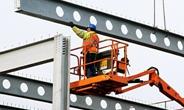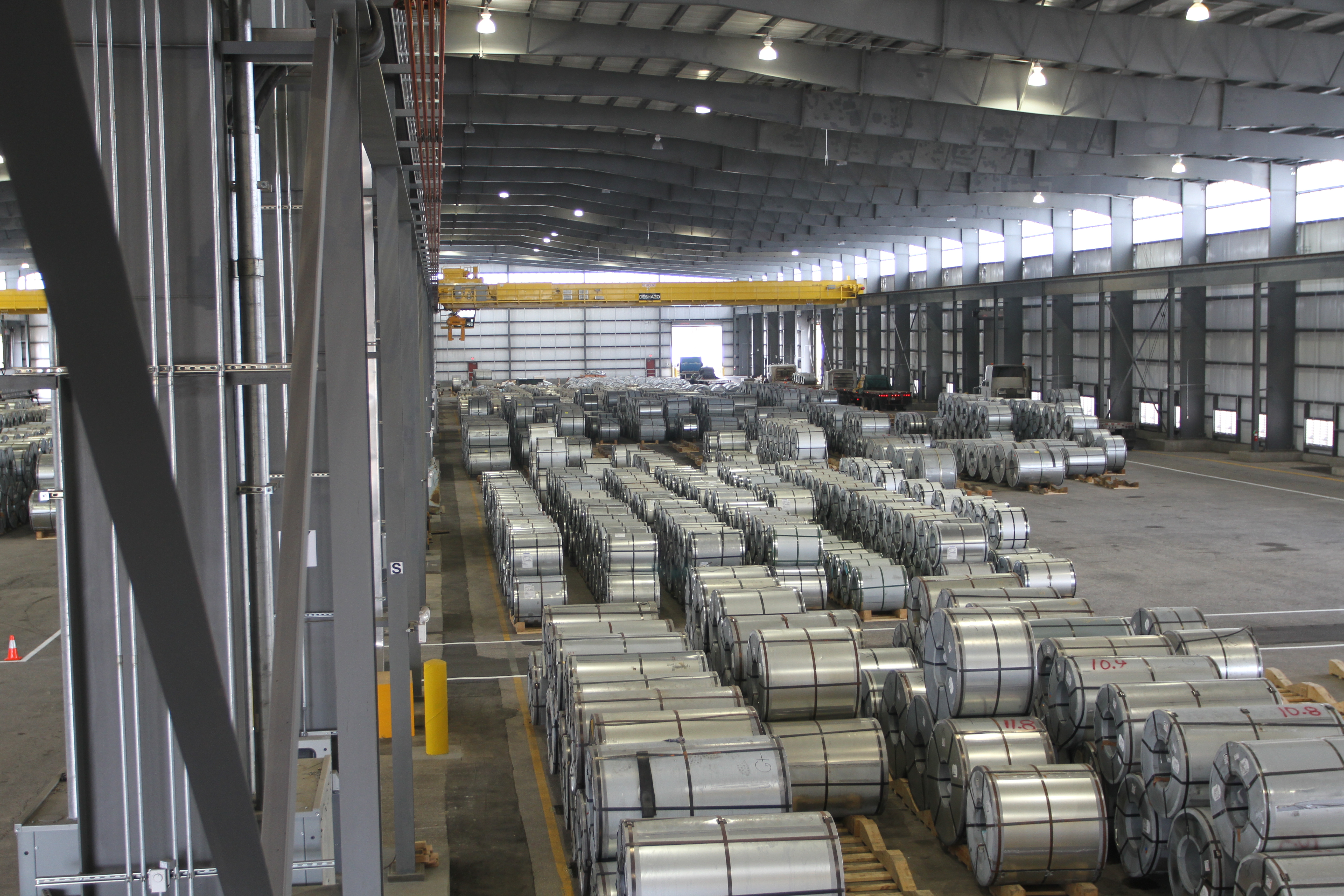Steel Markets

Construction Employment in May Suffers from Weak Infrastructure Investment
Written by Sandy Williams
June 29, 2016
The Associated General Contractors of America report that declining infrastructure investment has led to declining or stagnant construction employment in May. The latest report from AGC follows.
Construction employment declined or was stagnant in 131, or 37 percent, of 358 metro areas between May 2015 and May 2016, according to a new analysis of federal employment data released today by the Associated General Contractors of America. Association officials said. The data comes as years of underfunding have contributed to declining highway, transit and other public infrastructure just 60 years after President Eisenhower signed the first interstate highway act.
“Inadequate investment in infrastructure is a major reason for the spotty construction employment gains by metro,” said Ken Simonson, the association’s chief economist. Simonson also noted that yesterday’s report on gross domestic product showed investment in structures by all levels of government as a share of the economy has fallen to less than half of what it was in the decade after the interstate highway program began, from 3.1 percent to 3.4 percent of GDP between 1957 and 1967 to just 1.6 percent of GDP in the first quarter of this year.
The largest job losses from May 2015 to May 2016 were in Midland, Texas (-1,700 jobs, -7 percent), followed by Odessa, Texas (-1,300 jobs, -8 percent); Beaumont-Port Arthur, Texas (-1,100 jobs, -6 percent); Bloomington, Ill. (-1,100 jobs, -30 percent) and New Orleans-Metairie, La. (-1,100 jobs, -3 percent). The largest percentage declines for the past year were in Bloomington, Ill.; Fairbanks, Alaska (-15 percent, -500 jobs); Rocky Mount, N.C. (-13 percent, -300 jobs); Anniston-Oxford-Jacksonville, Ala. (-11 percent, -100 jobs) and Lawton, Okla. (-11 percent, -200 jobs). Construction employment declined in 83 metro areas in the past year, stagnated in 48 areas, and rose in 227 areas.
Anaheim-Santa Ana-Irvine, Calif. added the most construction jobs during the past year (14,700 jobs, 17 percent). Other metro areas adding a large number of construction jobs include Orlando-Kissimmee-Sanford, Fla. (9,700 jobs, 16 percent); Phoenix-Mesa-Scottsdale (8,100 jobs, 8 percent); and Atlanta-Sandy Springs-Roswell, Ga. (7,700 jobs, 7 percent). The largest percentage gains occurred in Monroe, Mich. (30 percent, 700 jobs); Honolulu, Hawaii (20 percent, 4,900 jobs); Boise City, Idaho (19 percent, 3,500 jobs); Anaheim-Santa Ana-Irvine and Miami-Miami Beach-Kendall, Fla. (17 percent, 6,800 jobs).
The new employment figures reinforce the need for Congress to act on a number of short and long-term infrastructure measures, association officials said. Most immediately, they urged the House to act on water resources legislation passed by the Senate to invest in waterways and clean water systems. They also urged members of Congress and the administration to work together to find a long-term way to pay for needed repairs to the nation’s aging highways, bridges and transit systems.
“Six decades after bipartisan legislation to connect our country helped sparked widespread prosperity and economic growth, it is time for our leaders to again come together and invest in our infrastructure,” said Stephen E. Sandherr, the association’s chief executive officer. “Rebuilding the public infrastructure that Americans have come to take for granted will help employers be more efficient, save commuters thousands of dollars each year and protect the health of all our communities.”

Sandy Williams
Read more from Sandy WilliamsLatest in Steel Markets

USW cheers Evraz NA agreement with Atlas Holdings
The United Steelworkers (USW) labor union celebrated recent news of the signed agreement between Atlas Holdings and Evraz NA in which the Connecticut-based private equity company said it plans to acquire North America’s Evraz facilities.

Steel buyer spirits tempered by soft spot market conditions
Steel sheet buyers report feeling bogged down by the ongoing stresses of stagnant demand, news fatigue, tariff negotiations or implementation timelines, and persistent macroeconomic uncertainty.

Hot-rolled coil buyers continue seeking certainty
Steel market participants contend that buyers will remain in “wait-and-see" mode until some market stability is restored.

Latin American steel advocates warn on cheap import flood
Subsidized Chinese steel imports and cheap steel products from Association of Southeast Asian Nations (ASEAN) entering Latin American (LATAM) are threatening the region's steel market.

CRU: Steel prices fall amid global demand weakness
The forceful headwinds bearing down on steel markets across the globe have created demand challenges and sent prices southward. The US, however, challenged the global trend.
